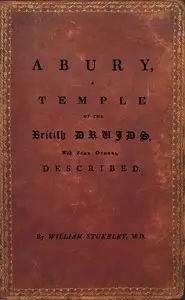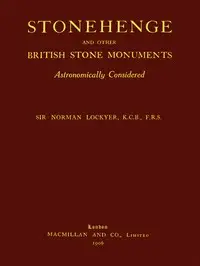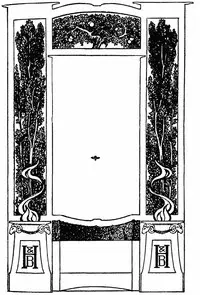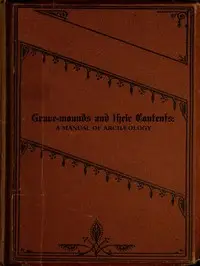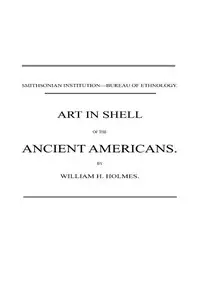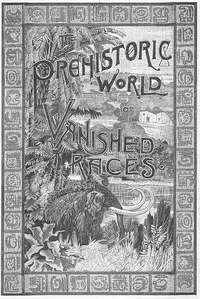"The most notable Antiquity of Great Britain, vulgarly called Stone-Heng, on Salisbury Plain Restored by Inigo Jones Esquire, Architect Generall to the late King" by Inigo Jones, is a historical exploration that dives into the mysteries of Stonehenge and the pursuit of its origins and reconstructions. Serving as the architect general to the king, Jones details his commission by the Earl of Pembroke, expressing amazement for its architectural marvel and its historical value. Jones challenges the popular beliefs that the Druids were the monuments creators, suspecting their architectural knowledge didn't suit building the ancient site. With a goal of providing a clear theory of the monument's past, the author sets out to reveal a more accurate narrative while acknowledging the difficulties in deciphering this prehistoric mystery.
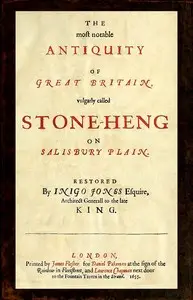
The most notable Antiquity of Great Britain, vulgarly called Stone-Heng, on Salisbury Plain Restored by Inigo Jones Esquire, Architect Generall to the late King
By Inigo Jones
Venture into the world of ancient mysteries to uncover those responsible for the architectural wonder of Stonehenge, and to challenge age-old beliefs.
Summary
About the AuthorInigo Jones was an English architect who was the first significant architect in England in the early modern era and the first to employ Vitruvian rules of proportion and symmetry in his buildings.
As the most notable architect in England, Jones was the first person to introduce the classical architecture of Rome and the Italian Renaissance to Britain. He left his mark on London by his design of single buildings, such as the Queen's House which is the first building in England designed in a pure classical style, and the Banqueting House, Whitehall, as well as the layout for Covent Garden square which became a model for future developments in the West End. He made major contributions to stage design by his work as a theatrical designer for several dozen masques, most by royal command and many in collaboration with Ben Jonson.
Inigo Jones was an English architect who was the first significant architect in England in the early modern era and the first to employ Vitruvian rules of proportion and symmetry in his buildings. As the most notable architect in England, Jones was the first person to introduce the classical architecture of Rome and the Italian Renaissance to Britain. He left his mark on London by his design of single buildings, such as the Queen's House which is the first building in England designed in a pure classical style, and the Banqueting House, Whitehall, as well as the layout for Covent Garden square which became a model for future developments in the West End. He made major contributions to stage design by his work as a theatrical designer for several dozen masques, most by royal command and many in collaboration with Ben Jonson.

